Teach someone to read
9 Fun and Easy Tips
With the abundance of information out there, it can seem like there is no clear answer about how to teach a child to read. As a busy parent, you may not have time to wade through all of the conflicting opinions.
That’s why we’re here to help! There are some key elements when it comes to teaching kids to read, so we’ve rounded up nine effective tips to help you boost your child’s reading skills and confidence.
These tips are simple, fit into your lifestyle, and help build foundational reading skills while having fun!
Tips For How To Teach A Child To Read
1) Focus On Letter Sounds Over Letter Names
We used to learn that “b” stands for “ball.” But when you say the word ball, it sounds different than saying the letter B on its own. That can be a strange concept for a young child to wrap their head around!
Instead of focusing on letter names, we recommend teaching them the sounds associated with each letter of the alphabet. For example, you could explain that B makes the /b/ sound (pronounced just like it sounds when you say the word ball aloud).
Once they firmly establish a link between a handful of letters and their sounds, children can begin to sound out short words. Knowing the sounds for B, T, and A allows a child to sound out both bat and tab.
As the number of links between letters and sounds grows, so will the number of words your child can sound out!
Now, does this mean that if your child already began learning by matching formal alphabet letter names with words, they won’t learn to match sounds and letters or learn how to read? Of course not!
We simply recommend this process as a learning method that can help some kids with the jump from letter sounds to words.
2) Begin With Uppercase Letters
Practicing how to make letters is way easier when they all look unique! This is why we teach uppercase letters to children who aren’t in formal schooling yet.
Even though lowercase letters are the most common format for letters (if you open a book at any page, the majority of the letters will be lowercase), uppercase letters are easier to distinguish from one another and, therefore, easier to identify.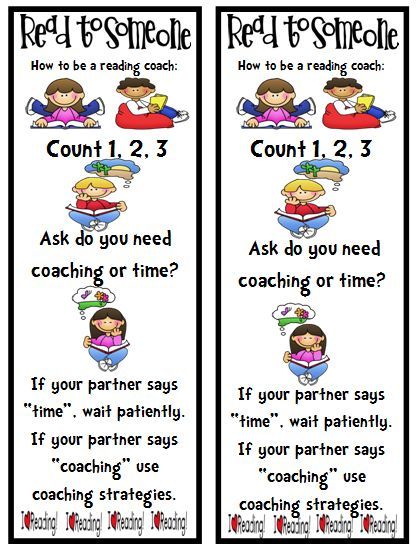
Think about it –– “b” and “d” look an awful lot alike! But “B” and “D” are much easier to distinguish. Starting with uppercase letters, then, will help your child to grasp the basics of letter identification and, subsequently, reading.
To help your child learn uppercase letters, we find that engaging their sense of physical touch can be especially useful. If you want to try this, you might consider buying textured paper, like sandpaper, and cutting out the shapes of uppercase letters.
Ask your child to put their hands behind their back, and then place the letter in their hands. They can use their sense of touch to guess what letter they’re holding! You can play the same game with magnetic letters.
3) Incorporate Phonics
Research has demonstrated that kids with a strong background in phonics (the relationship between sounds and symbols) tend to become stronger readers in the long-run.
A phonetic approach to reading shows a child how to go letter by letter — sound by sound — blending the sounds as you go in order to read words that the child (or adult) has not yet memorized.
Once kids develop a level of automatization, they can sound out words almost instantly and only need to employ decoding with longer words. Phonics is best taught explicitly, sequentially, and systematically — which is the method HOMER uses.
If you’re looking for support helping your child learn phonics, our HOMER Learn & Grow app might be exactly what you need! With a proven reading pathway for your child, HOMER makes learning fun!
4) Balance Phonics And Sight Words
Sight words are also an important part of teaching your child how to read. These are common words that are usually not spelled the way they sound and can’t be decoded (sounded out).
Because we don’t want to undo the work your child has done to learn phonics, sight words should be memorized. But keep in mind that learning sight words can be challenging for many young children.
So, if you want to give your child a good start on their reading journey, it’s best to spend the majority of your time developing and reinforcing the information and skills needed to sound out words.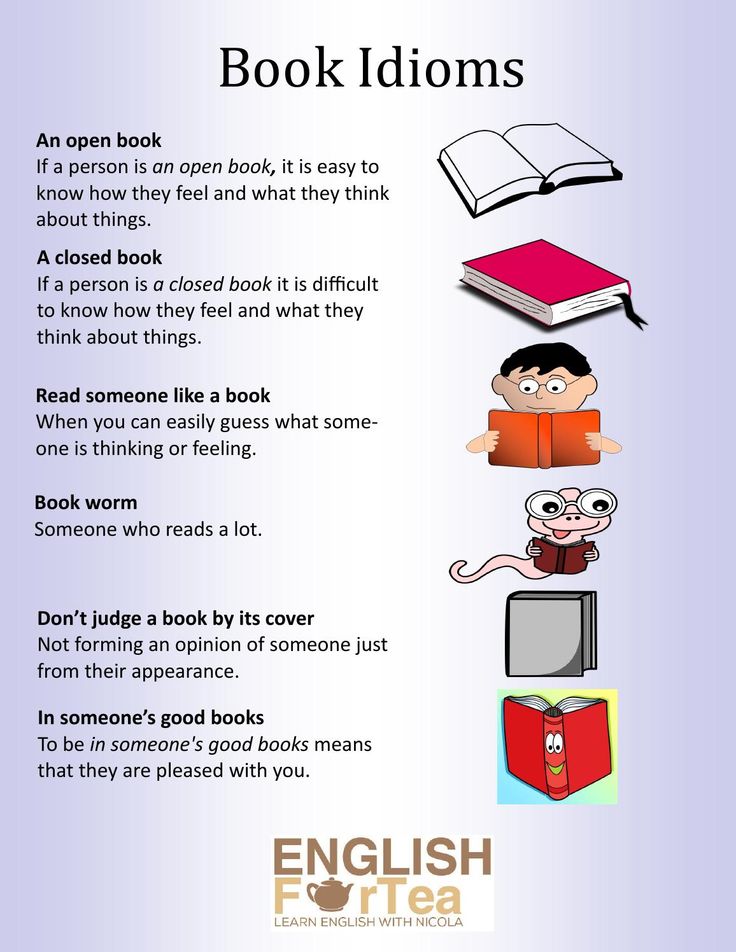
5) Talk A Lot
Even though talking is usually thought of as a speech-only skill, that’s not true. Your child is like a sponge. They’re absorbing everything, all the time, including the words you say (and the ones you wish they hadn’t heard)!
Talking with your child frequently and engaging their listening and storytelling skills can increase their vocabulary.
It can also help them form sentences, become familiar with new words and how they are used, as well as learn how to use context clues when someone is speaking about something they may not know a lot about.
All of these skills are extremely helpful for your child on their reading journey, and talking gives you both an opportunity to share and create moments you’ll treasure forever!
6) Keep It Light
Reading is about having fun and exploring the world (real and imaginary) through text, pictures, and illustrations. When it comes to reading, it’s better for your child to be relaxed and focused on what they’re learning than squeezing in a stressful session after a long day.
We’re about halfway through the list and want to give a gentle reminder that your child shouldn’t feel any pressure when it comes to reading — and neither should you!
Although consistency is always helpful, we recommend focusing on quality over quantity. Fifteen minutes might sound like a short amount of time, but studies have shown that 15 minutes a day of HOMER’s reading pathway can increase early reading scores by 74%!
It may also take some time to find out exactly what will keep your child interested and engaged in learning. That’s OK! If it’s not fun, lighthearted, and enjoyable for you and your child, then shake it off and try something new.
7) Practice Shared Reading
While you read with your child, consider asking them to repeat words or sentences back to you every now and then while you follow along with your finger.
There’s no need to stop your reading time completely if your child struggles with a particular word. An encouraging reminder of what the word means or how it’s pronounced is plenty!
Another option is to split reading aloud time with your child. For emerging readers, you can read one line and then ask them to read the next. For older children, reading one page and letting them read the next page is beneficial.
For emerging readers, you can read one line and then ask them to read the next. For older children, reading one page and letting them read the next page is beneficial.
Doing this helps your child feel capable and confident, which is important for encouraging them to read well and consistently!
This technique also gets your child more acquainted with the natural flow of reading. While they look at the pictures and listen happily to the story, they’ll begin to focus on the words they are reading and engage more with the book in front of them.
Rereading books can also be helpful. It allows children to develop a deeper understanding of the words in a text, make familiar words into “known” words that are then incorporated into their vocabulary, and form a connection with the story.
We wholeheartedly recommend rereading!
8) Play Word Games
Getting your child involved in reading doesn’t have to be about just books. Word games can be a great way to engage your child’s skills without reading a whole story at once.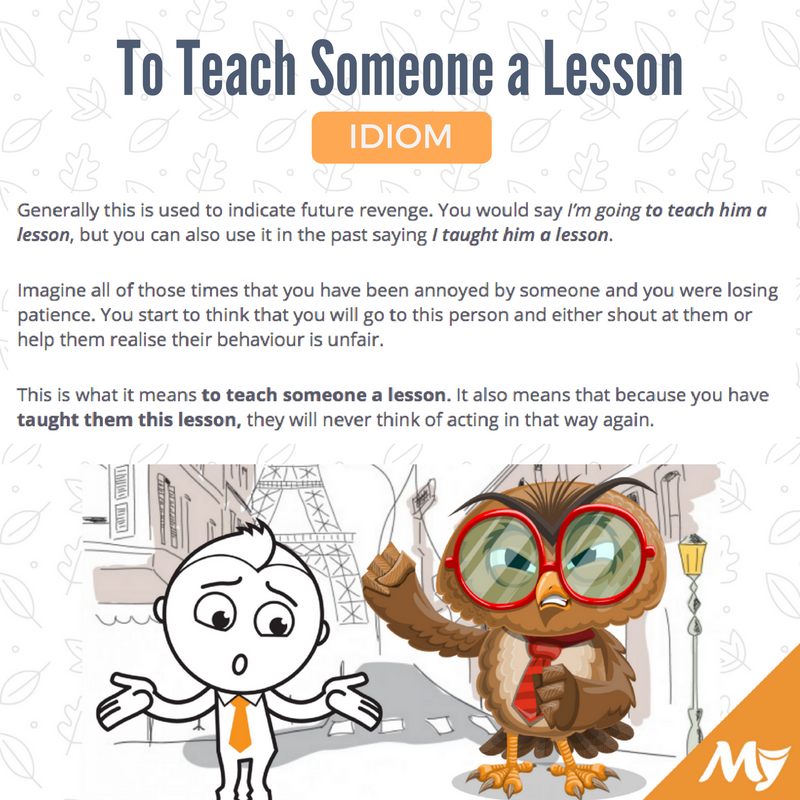
One of our favorite reading games only requires a stack of Post-It notes and a bunched-up sock. For this activity, write sight words or words your child can sound out onto separate Post-It notes. Then stick the notes to the wall.
Your child can then stand in front of the Post-Its with the bunched-up sock in their hands. You say one of the words and your child throws the sock-ball at the Post-It note that matches!
9) Read With Unconventional Materials
In the same way that word games can help your child learn how to read, so can encouraging your child to read without actually using books!
If you’re interested in doing this, consider using PlayDoh, clay, paint, or indoor-safe sand to form and shape letters or words.
Another option is to fill a large pot with magnetic letters. For emerging learners, suggest that they pull a letter from the pot and try to name the sound it makes. For slightly older learners, see if they can name a word that begins with the same sound, or grab a collection of letters that come together to form a word.
As your child becomes more proficient, you can scale these activities to make them a little more advanced. And remember to have fun with it!
Reading Comes With Time And Practice
Overall, we want to leave you with this: there is no single answer to how to teach a child to read. What works for your neighbor’s child may not work for yours –– and that’s perfectly OK!
Patience, practicing a little every day, and emphasizing activities that let your child enjoy reading are the things we encourage most. Reading is about fun, exploration, and learning!
And if you ever need a bit of support, we’re here for you! At HOMER, we’re your learning partner. Start your child’s reading journey with confidence with our personalized program plus expert tips and learning resources.
Author
The Basics of Teaching Reading and Writing
Teaching reading is a hugely complicated task. So much so that researcher Louisa Moats ended up entitling her influential article "Teaching Reading IS Rocket Science." (This, incidentally, also became the basis for the Reading Rockets name!)
So much so that researcher Louisa Moats ended up entitling her influential article "Teaching Reading IS Rocket Science." (This, incidentally, also became the basis for the Reading Rockets name!)
To strengthen your skills in teaching reading and writing, you may want to try our self-paced online course, Reading 101: A Guide to Teaching Reading and Writing
Print Awareness
Print awareness is understanding that print carries meaning, that books contain letters and words, and how a book "works" — such as identifying the front and back covers and that pages are turned.
Phonological and Phonemic Awareness
Phonological awareness is the ability to recognize and manipulate the spoken parts of words — including rhymes, syllables, and phonemes.
Phonics and Decoding
Children's reading development is dependent on their understanding of the alphabetic principle — the idea that letters and letter patterns represent the sounds of spoken language.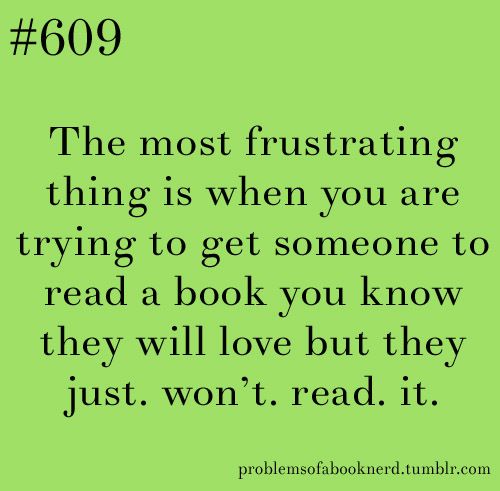
Fluency
Fluency is the ability to read a text accurately, quickly, and with expression. Fluency is important because it provides a bridge between word recognition and comprehension.
Vocabulary
Vocabulary plays an important part in learning to read. Beginning readers must use the words they hear orally to make sense of the words they see in print.
Spelling
Learning to spell is built on a child's understanding that words are made up of separate speech sounds (phonemes) and that letters represent those sounds.
Comprehension
Comprehension is the reason for reading. Good readers think actively as they read. They use their experiences and knowledge of the world, vocabulary, language structure, and reading strategies to make sense of the text.
Writing
A child's writing development parallels their development as a reader. Writing is a complex task that balances purpose, audience, ideas and organization with the mechanics of writing (sentence structure, word choice, spelling).
Informal Assessment
Regular informal assessments throughout the school year provides useful information that can help teachers to identify the individual strengths and weaknesses of each student.
Who's at Risk?
Some kids have a disability that makes reading difficult to learn. Others come to school without the literacy experiences they need to become readers. Some children struggle because they've received poor or inadequate reading instruction. The more risk factors a child has, the more likely it is that he or she will encounter reading problems.
What Else Matters in Teaching Reading
In addition to an excellent reading curriculum, these factors play a critical role in helping students become strong readers: a teacher's skill with classroom management, differentiated instruction, working with the students' parents, and other interventions to help struggling readers.
Featured Video: Reading Basics
Featured Resources
Launching Young Readers
Our award-winning PBS series all about reading.
Classroom Strategies
Browse our library of effective teaching strategies.
Reading 101: A Guide to Teaching Reading and Writing
Our self-paced online course for teachers.
10 tips on how to teach a child to read » Notagram.ru
Why should a child read? The answer, in general, is obvious: in order to navigate the sea of various information, study in a good school and, in general, become an educated person.
Therefore, the desire of parents to teach their child this very important matter is quite understandable. So, 10 simple tips that will be useful to parents.
How to teach a child to read
Tip 1.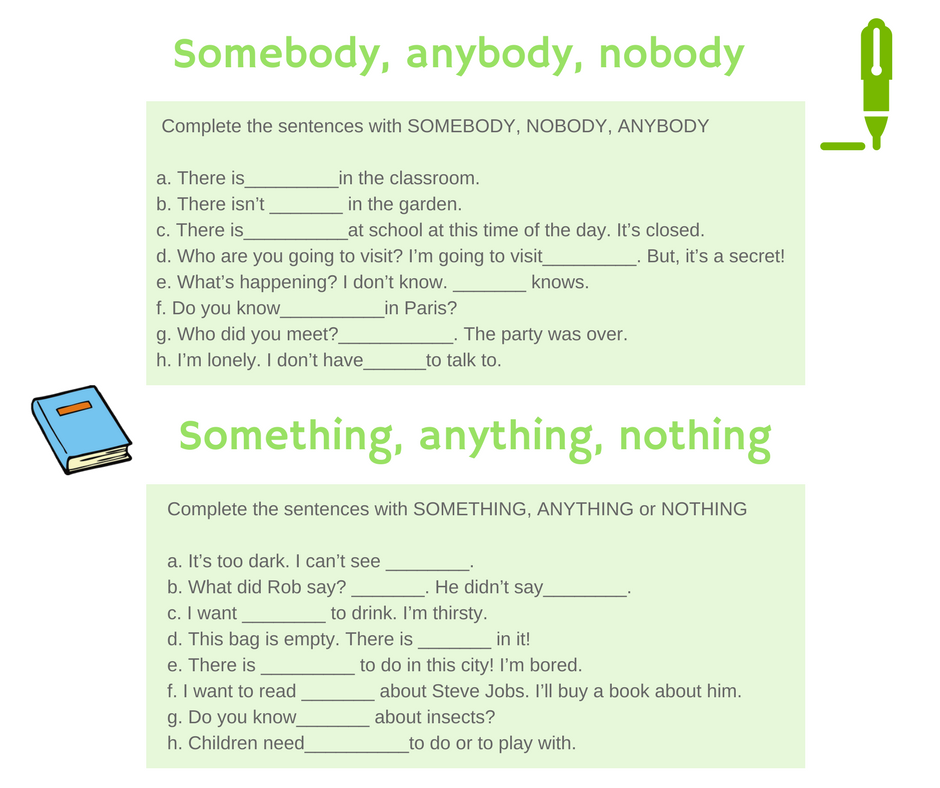 If the child is interested in letters, show them in the context of the whole word. Teach your child that a letter rarely goes by itself. It is located in the word along with other letters.
If the child is interested in letters, show them in the context of the whole word. Teach your child that a letter rarely goes by itself. It is located in the word along with other letters.
Advice 2. If a child under 4-5 years old has not shown a desire to read, and you need to teach him, do not make him sit for a long time in class. Do not forget, the baby is not yet used to the time of training. Before that, he just jumped and jumped. So do not demand perseverance from him. The lesson should last no more than 5 minutes.
Tip 3. If the child has learned the letters, then you need to take him to learning by syllables. For this, be patient. Before the child understands that M-A is MA, it will take time. To do this, sing the letters so that the sound does not interrupt. You can make a letter in a syllable an elevator. And when moving from letter to letter, the little man should not fall. So the child will learn to connect letters into syllables.
Advice 4. Do not rush to give your child a lot of syllables at once. If you start learning immediately by syllables, then start with 2-6 syllables. And until the child learns them, do not go any further. If you start learning with letters, then choose vowels first. A, U, O. Make syllables out of them. Only then add consonants.
Advice 5. At 4-5 years old, it is too late to teach a child to read in whole words. This technique is suitable for children from birth. Or for those mothers who have very mobile children. Choose a step-by-step method. You can use, for example, Zaitsev's cubes or Zhukova's Primer. It will be easier for the child to learn to read syllables at once, memorizing them visually, composing them into words later.
Advice 6. When the child understands the principle of reading by syllables and begins to sound the syllables, start checking the comprehension of what is read. For example: Ma-ma, it turned out mom.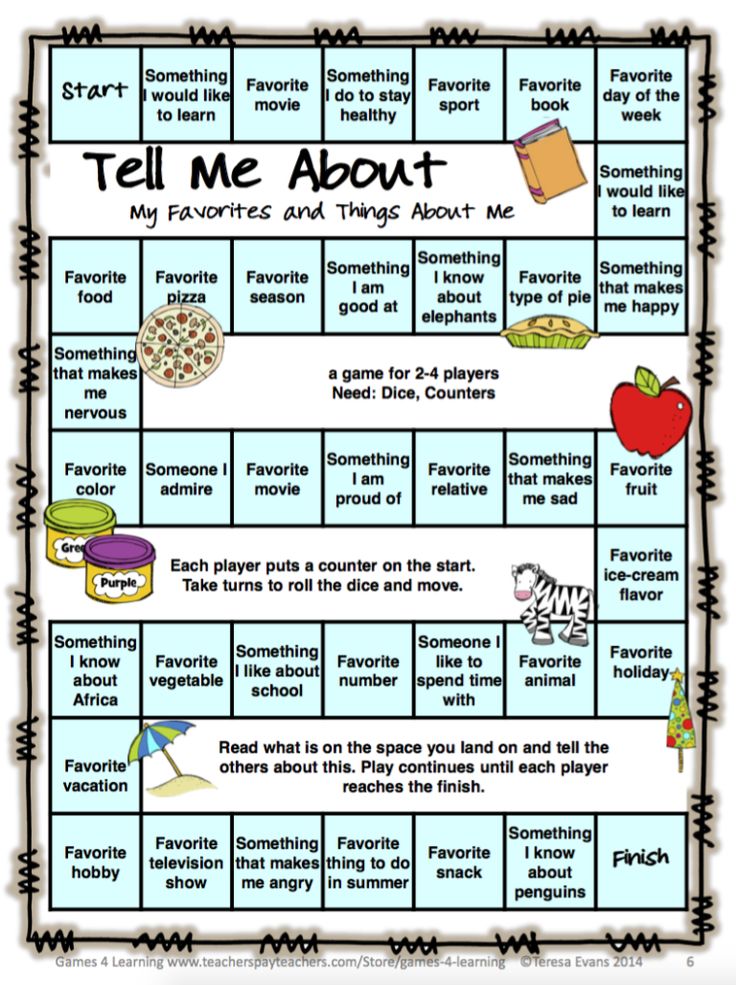 The main mistake at this stage: when the child begins to pronounce the whole word read, many parents begin to demand the whole sentence. Under no circumstances should this be done. Do not forget, at the initial stage, the child simply mechanically reproduces what is written. To be aware of whole sentences and texts, he needs a technique. And it builds up over time.
The main mistake at this stage: when the child begins to pronounce the whole word read, many parents begin to demand the whole sentence. Under no circumstances should this be done. Do not forget, at the initial stage, the child simply mechanically reproduces what is written. To be aware of whole sentences and texts, he needs a technique. And it builds up over time.
Tip 7. Don't skip classes. At this age, the child should already understand that compulsory lessons await him at school. In the kindergarten, such classes also take place. So start developing perseverance. Classes should be daily, but short 10-15 minutes. Not more. Since longer classes can discourage the baby and the desire to read.
Advice 8. Always keep track of the amount of information your child has read while learning. Don't overload it. In the primer, for example, there can be 3-4 syllables on one page, but they are constantly repeated. And on the other page there are already texts.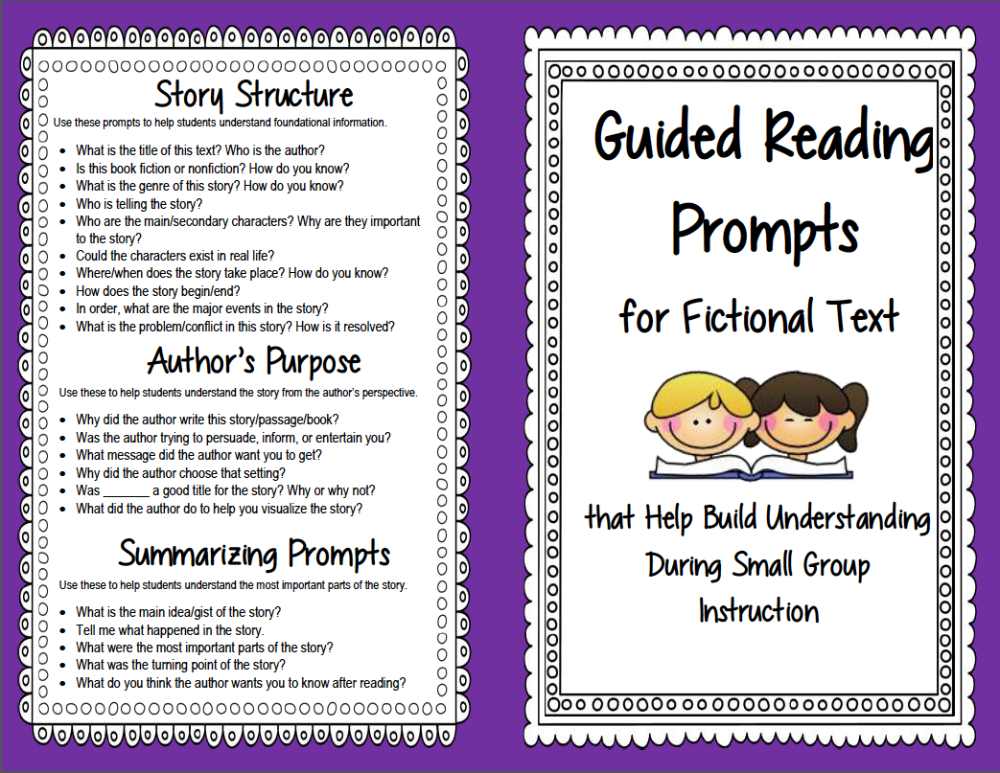 Do not set a goal to read to the end if the child resists. But, do not follow the kid's lead when he says that he does not want to read anymore if classes have just begun. The child is not used to it, so he is looking for ways to get away from learning. Try to find a compromise.
Do not set a goal to read to the end if the child resists. But, do not follow the kid's lead when he says that he does not want to read anymore if classes have just begun. The child is not used to it, so he is looking for ways to get away from learning. Try to find a compromise.
Tip 9. Praise your child. Praise the way you would like to be praised. The child should feel that he is doing everything right, that his mother is happy. Then the performance will be better, and the baby's efforts will be greater. Remember yourself. At work, you obviously want to be praised for the hard-to-perform work you've done. For a child, reading is a great intellectual work. So praise, don't be afraid. You won't spoil a child with this.
Tip 10. Constantly pay attention to different fonts. The child gets used to one font very quickly, so he can get lost and stop reading when he sees another. Write the passed syllables and words yourself. Compose from letter magnets, etc.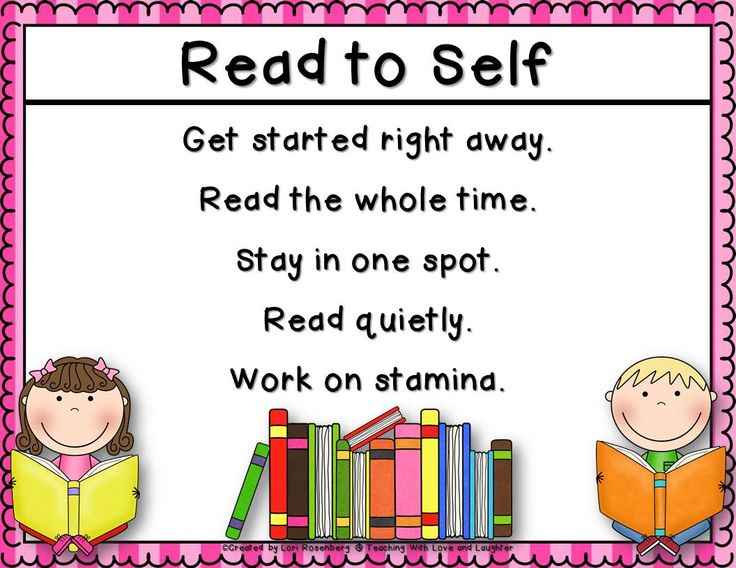 The main thing is the variety of colors and fonts.
The main thing is the variety of colors and fonts.
And finally, the most important warning:
If you feel that the child does not understand and an attack of impotence and anger rolls up in the throat, leave the room, asking someone to continue the lesson, or interrupt it for a while. No aggression. If the child does not understand, then the information has not yet reached, is not realized. Don't pressure the baby. It does not make it easier for him, and then it will be worse for you.
source
If you find a mistake, please highlight the text and press Ctrl+Enter .
Almost forgot, more interesting
methods of teaching reading to the first grade
When to teach a child to read
There are early development studios where children are taught to read from the first years of life. However, pediatricians do not recommend rushing and advise starting learning to read no earlier than 4 years old, best of all - at 5–6.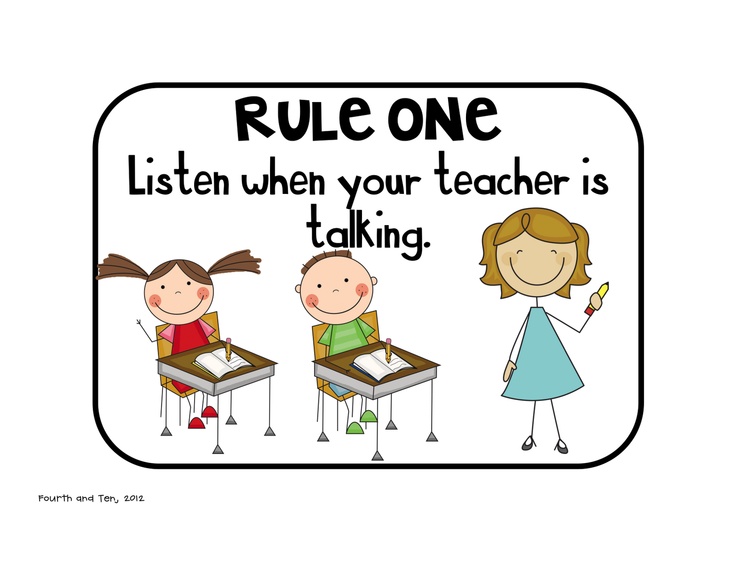 By this age, most children already distinguish sounds well, can correctly compose sentences and pronounce words. Therefore, most often parents think about how to teach their child to read, already on the eve of school.
By this age, most children already distinguish sounds well, can correctly compose sentences and pronounce words. Therefore, most often parents think about how to teach their child to read, already on the eve of school.
How to know if your child is ready to learn to read
Before you start teaching your child to read, you need to make sure that the child is ready and wants to learn. To do this, try to answer the following questions:
- Does the child know the concepts of “right-left”, “big-small”, “inside-outside”?
- Can he generalize objects according to these features?
- Can he distinguish between similar and dissimilar forms?
- Is he able to remember and execute at least three instructions?
- Does he construct phrases correctly?
- Does he pronounce words clearly?
- Can he retell a story heard or happened to him?
- Can he formulate his feelings and impressions?
- Can you predict the ending of a simple story?
- Does he manage to participate in the dialogue?
- Can he listen without interrupting?
- Can he rhyme words?
- Do the letters attract his attention?
- Does the child have a desire to independently examine the book?
- Does he like being read aloud to him?
If you answered “yes” to these questions, your child is ready and will soon learn to read correctly.
Methods for teaching reading
Most of the methods involve learning while playing, so that the child is not bored and learns better.
<
Zaitsev's Cubes
For more than twenty years, these cubes have been introducing children to letters and teaching them how to compose words and syllables. They allow you to understand how vowels and consonants, deaf and voiced sounds differ. There are 52 cubes in total, each of which depicts warehouses (combinations of a consonant and a vowel). The cubes vary in color and size, the large ones depict hard warehouses, while the small ones are soft. During classes, parents are encouraged to pronounce or sing warehouses so that the child remembers them better.
K Zaitsev's ubikiSource: moya-lyalyas.ru
Vyacheslav Voskobovich's "Teremki" and "Folders"
windows. You can put cubes in them to make syllables. And from several towers you can make a word.
Voskobovich's "towers"Source: catalog-chess.
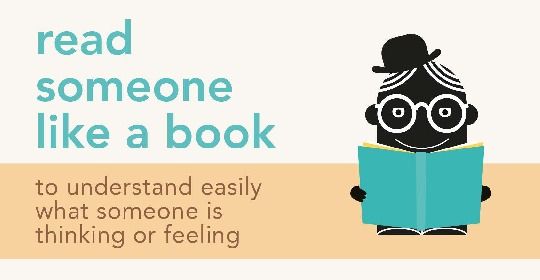 ru
ru Skladushki is a book with pictures, educational rhymes and songs. Parents sing them and in parallel show the warehouses in the pictures. The author of the methodology claims that a child of six years old can be taught to read in a month using "folds".
A page from V. Voskobovich's "folds"
Doman's cards
This method of teaching a child to read is based on memorizing whole words, from simple to more complex. First, the child masters the first 15 cards, which the parent shows him for 1-2 seconds and pronounces the words on them. Then the child tries to memorize phrases. This technique helps not only to learn more words, but also develops memory well in general.
Doman cardsSource: friendly-life.ru/kartochki-domana-dlya-samyh-malenkih
Maria Montessori's method of teaching reading
The essence of the Montessori method is that the child is first asked to feel the writing of a letter, and then pronounce it. For this, didactic materials are used - cardboard plates with pasted letters, the outline of which the child circles with his finger, naming the sound. After studying consonants and vowels, you can move on to words and phrases. The Montessori method not only helps to learn to read, but also develops fine motor skills, logic, and the ability to analyze.
For this, didactic materials are used - cardboard plates with pasted letters, the outline of which the child circles with his finger, naming the sound. After studying consonants and vowels, you can move on to words and phrases. The Montessori method not only helps to learn to read, but also develops fine motor skills, logic, and the ability to analyze.
Source: hendmeid.guru
Olga Soboleva's technique
The author of this technique believes that you need to start learning not from the abstract alphabet, but immediately in practice - by analyzing simple texts. The Soboleva program allows you to teach a child to read from the age of five - at this age, children are already able to keep their attention on a line of text. Different approaches are offered depending on how it is easier for a child to perceive the world - by eye, by ear or by touch. In addition to reading skills, the technique develops interest in creativity, imagination, attention and memory.
How to teach a child to read by syllables
Teaching a child to read by syllables should be done in stages. First, explain to him that sounds are vowels and consonants, deaf and voiced. Say them with the child - he must understand how they differ. Letters and sounds can be learned while walking: draw your child's attention to the letters on signs and announcements, and soon he will learn to recognize them.
When the child has mastered the letters and sounds, start teaching him to read simple words - "mom", "dad". Then move on to more complex ones - “grandmother”, “dog”, “apartment”. Show your child that syllables can be sung.
Syllabary for learning to read
Next, move on to word formation. You can cut cards with syllables and invite the child to make words out of them. When he gets comfortable, move on to reading short texts. It is better to start with two or three phrases, and a little later switch to texts of five to ten sentences.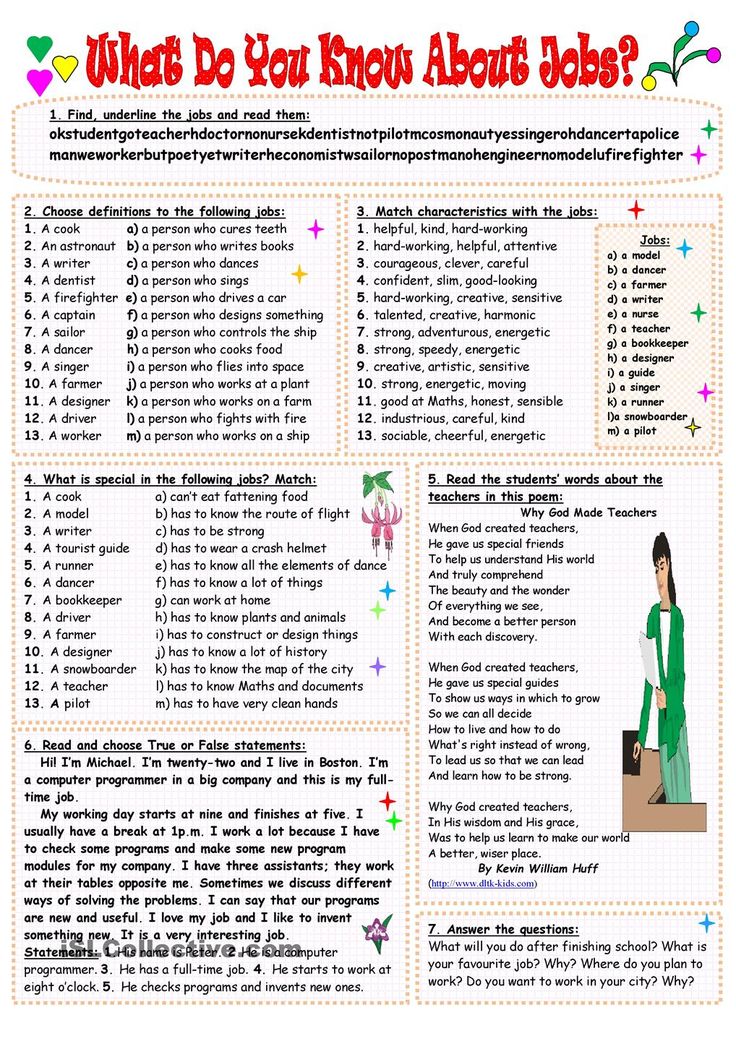
To enroll in Foxford Online Elementary School, a child must have at least basic reading, numeracy and writing skills. To check the readiness of the child for school, we offer to pass a small test that does not require special preparation.
Source: freepik.com
Exercises for learning to read
There are many exercises on the Internet that help children learn to read, you can print them out and start learning right away. Start with exercises that teach you to recognize letters and tell correct spellings from incorrect spellings.
From O. Zhukova's manual “Learning to read. Simple Exercises.Source: mishka-knizhka.ru
When the child gets used to the letters, move on to the exercises for syllables. For example, like this:
Geometric hint exercise. For greater clarity, blocks with words can be cut out.
Such exercises not only teach reading, but also develop logical thinking well:
Gradually move on to exercises where you need not only to read correctly, but also write words:
One of the most difficult and entertaining exercises is fillords: you need to find and cross out the words on the field of letters.
Games for learning to read
With the help of cubes or cards with letters and syllables, you can play different educational games with your child. Let's take a few examples.
Garages
Take a word of 3-4 syllables and place the cards in random order on the floor. Explain to the child how these syllables are read. These will be garages. Give the child different toys and offer to send them to the garage as you wish: for example, the car goes to the TA garage, the bear goes to the RA garage, the ball rolls to the KE garage, and so on. Make sure your child is positioning the toys correctly. At the end of the game, invite the child to make a word from garage syllables. Perhaps not the first time, but he will get a "ROCKET". Gradually introduce new syllables into the game.
<
